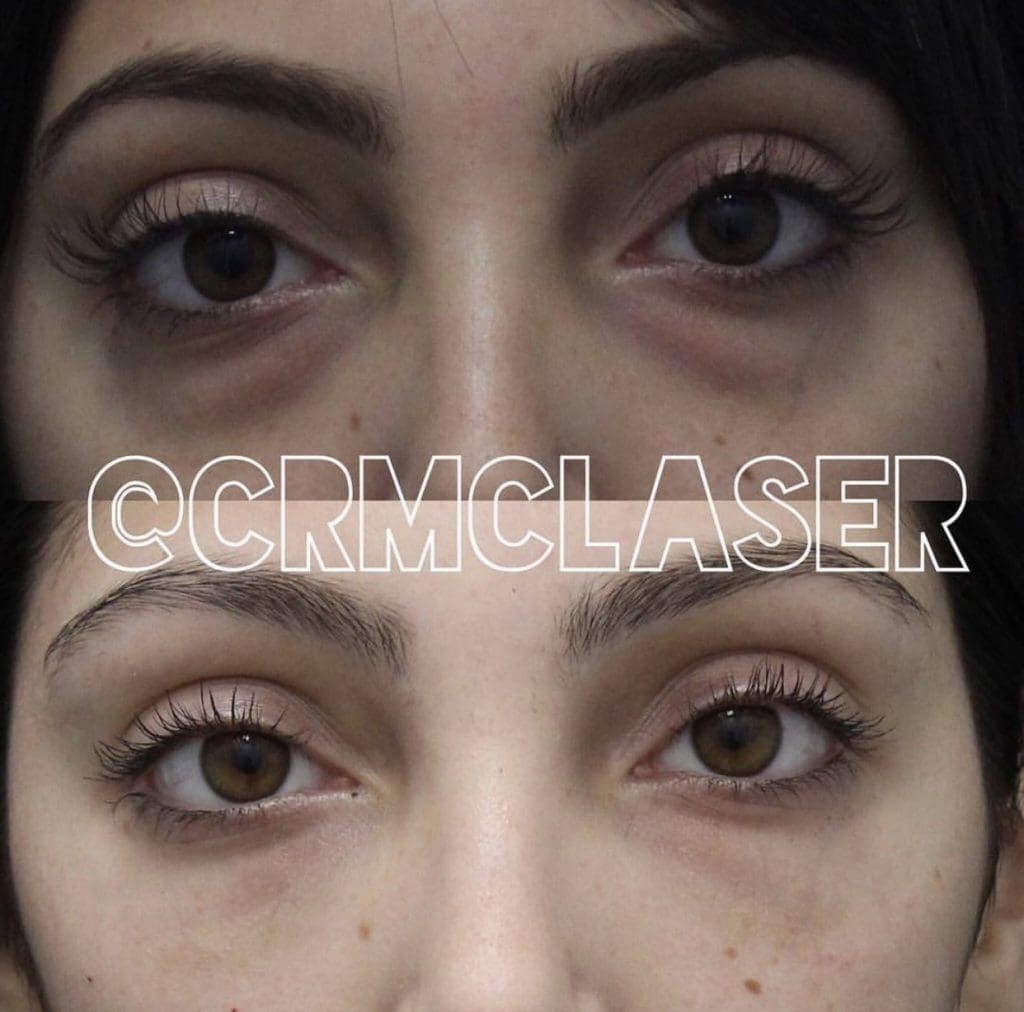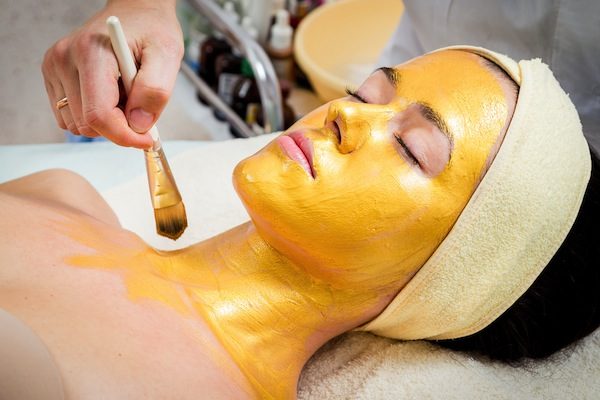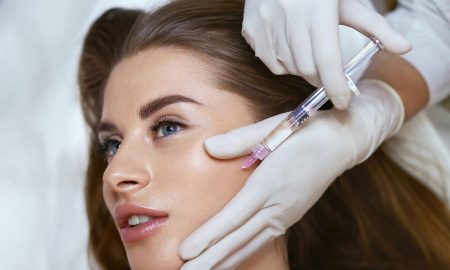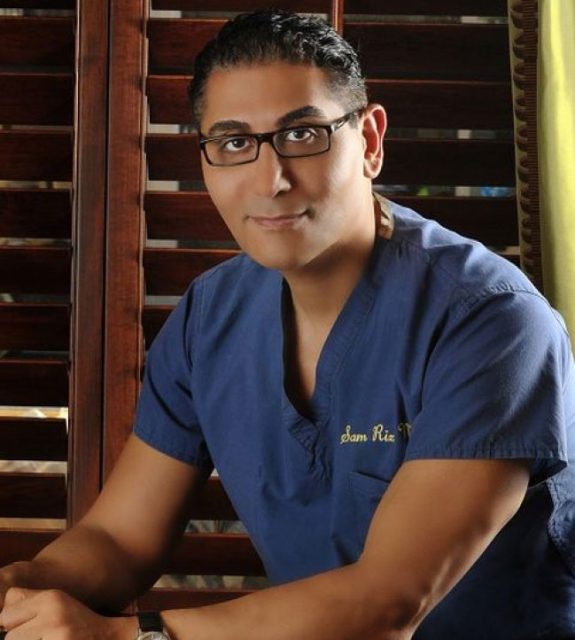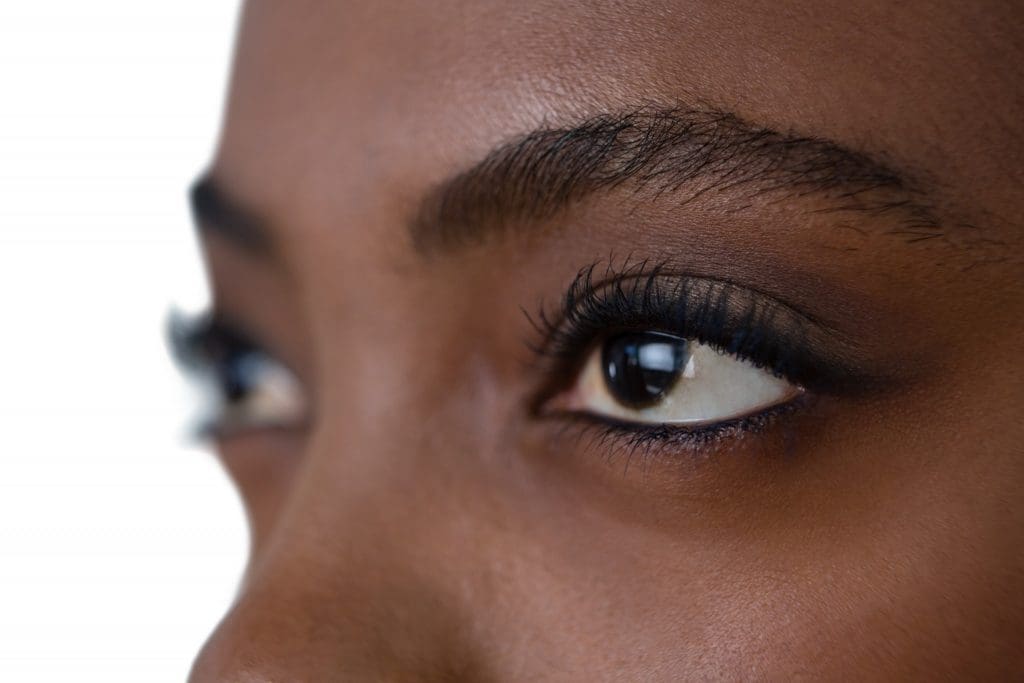
Tired of dark, hollow under-eyes? We have the semi-permanent solution that doesn’t involve any eye mask, concealers, or surgeries!
There are two major components that lead to dark circles and deep tear troughs. The major component is a lack of volume. For some of us, this is an anatomical issue where the orbital rim is lower relative to our eye. For that I use a filler that can provide more of a lift to this area, thus eliminating the volume deficit. Some patients also have a superficial fat pad. In that region, a thinner filler that can go underneath the skin is better suited.
If you are unhappy with shadows and hollowness that occur under the eyes, it is usually caused by deep tear troughs. Deep tear troughs create a dark, circular shadow under the eyes and can also arise from loss of volume in the mid-cheeks, which can be hereditary or a sign of aging. The most common complaint I hear from patients is that they look more tired and older than they really are. There are many combinations of fillers and lasers that can be used to help improve the midface and tear troughs. My suggestion is you get a formal consultation with someone experienced in fillers and who uses all types to determine which the best one for you is.
For our patients, we use injectable non-permanent hyaluronic acid dermal fillers such as Juvederm, Restylane Volbella, or Belotero. Fillers have been used for many years in "off label" application. The "off label" use of fillers is chosen independently by each provider. Off label is not illegal and in most cases not dangerous. It simply means the filler is being used in a way or in an area of the face that was not included in the FDA clinical studies. Injected properly, under the eye fillers typically lasts longer than it does in other areas, therefore patients likely see the volume they are enjoying longer than they might think. Some fillers have more hydrophilic properties and can cause the Tyndall effect, which is the blue hue that we often see with some fillers which can look like a chronic bruise. In any likelihood that this occurs, it is reversible with injections of hyaluronidase.

View Doc Zara Harutyunyan's profile and contact information here.
Image courtesy of Doc Zara Harutyunyan







